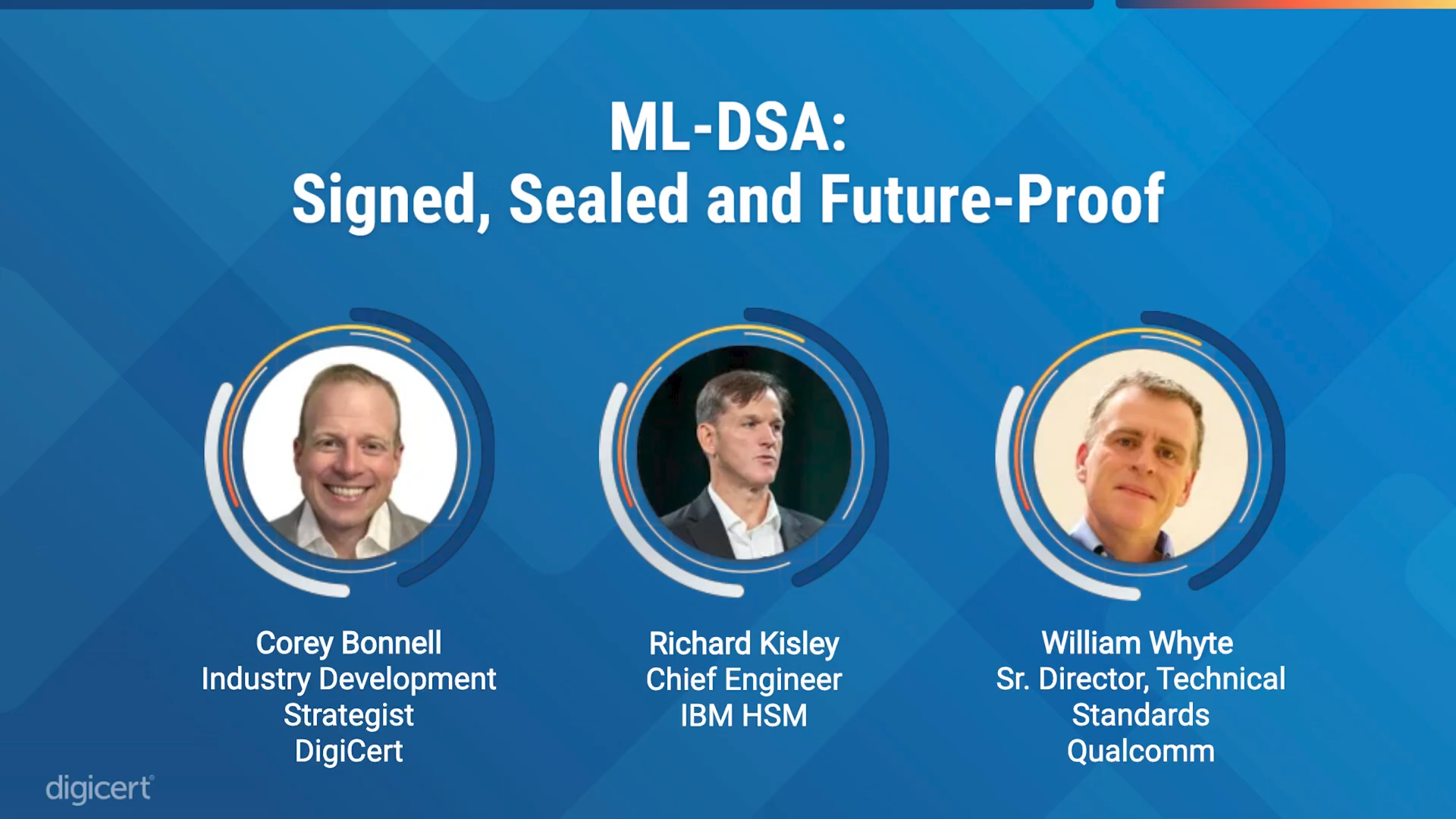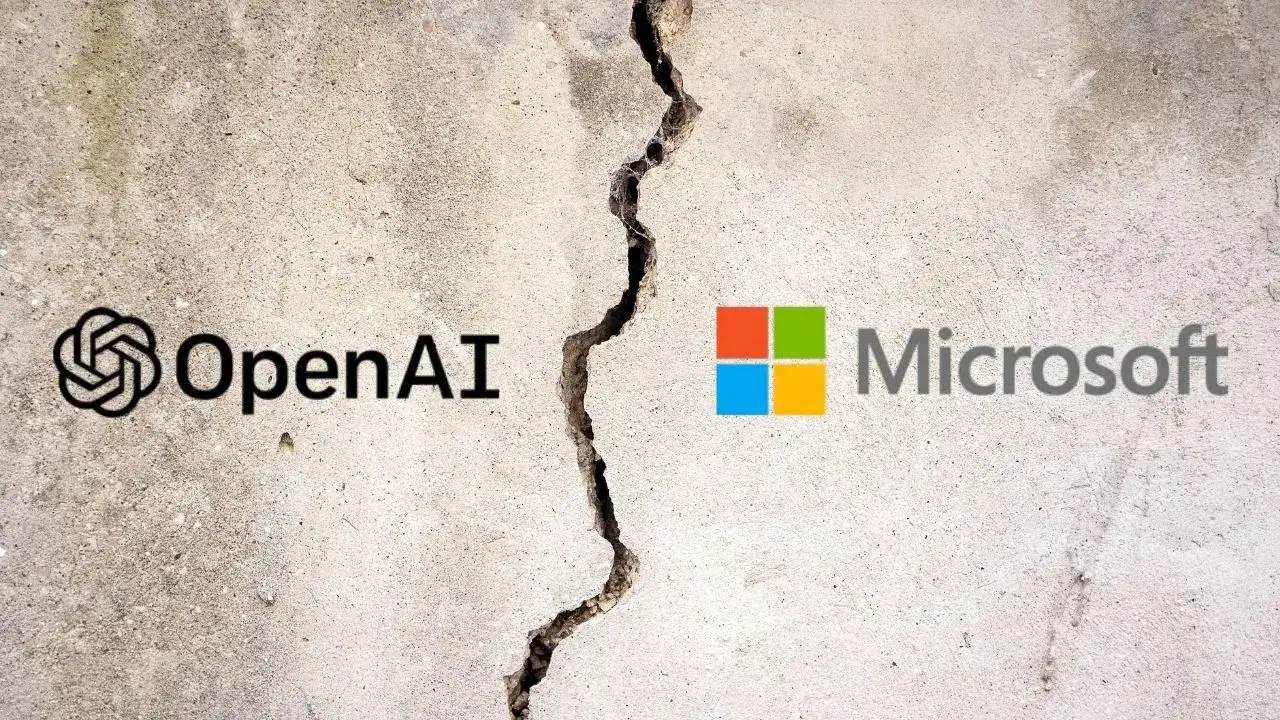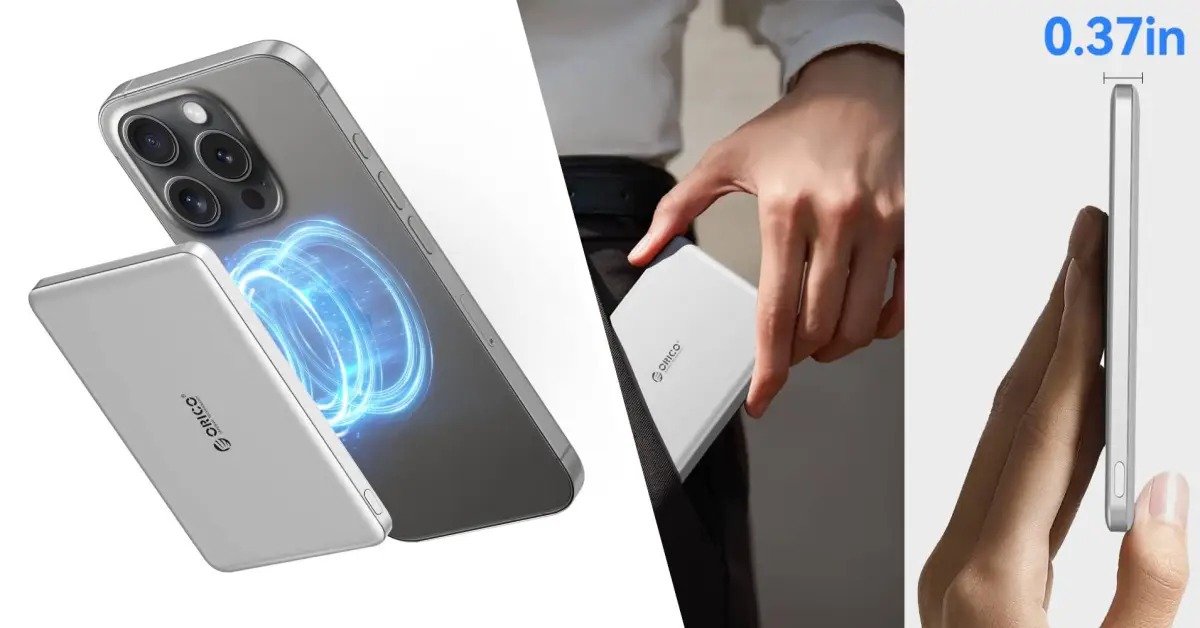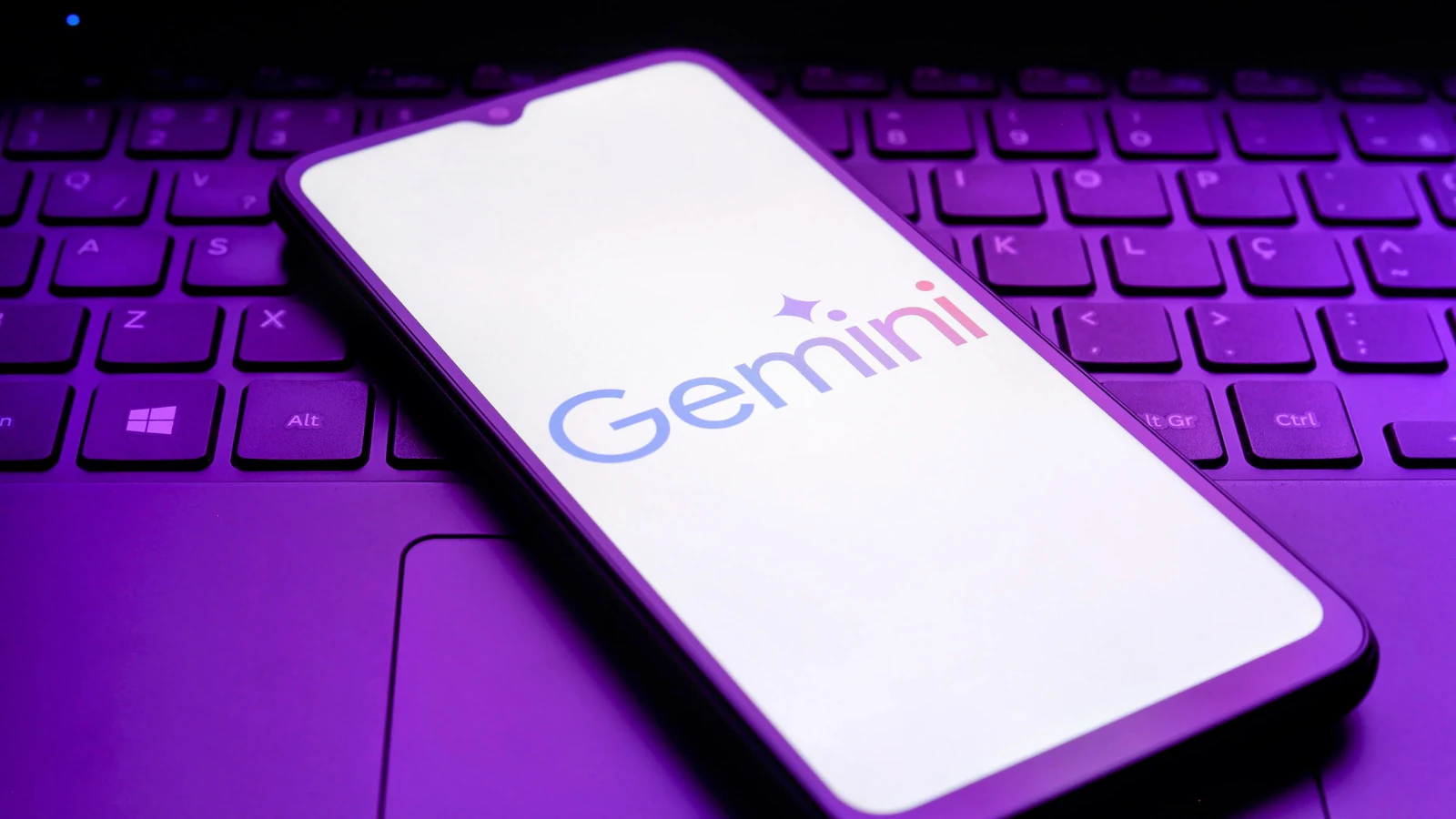
Breakthroughs in the quantum space are coming fast, and threats once dismissed as speculative now seem inevitable. For industries that rely on trust and long-lived devices, the transition to post-quantum cryptography isn’t optional — it’s survival.
The National Institute of Standards and Technology’s newly approved Module-Lattice-Based Digital Signature Algorithm, or ML-DSA, was designed to withstand theoretical quantum attacks, though its adoption poses challenges due to larger keys and deployment complexities. But the down-the-line stakes behind ML-DSA deployment clearly justify the costs, according to William Whyte (pictured, right), senior director of technical standards at Qualcomm Inc.
“If we weren’t concerned about quantum computers, we probably wouldn’t be migrating to ML-DSA anytime soon,” Whyte said. “But we know that those migrations need to happen.”
Whyte and Richard Kisley (center), senior technical staff member at IBM Corp., spoke with Corey Bonnell (left), industry development strategist at DigiCert, for the DigiCert World Quantum Readiness Day event, during an encore broadcast on theCUBE, SiliconANGLE Media’s livestreaming studio. They discussed the industry’s shift to post-quantum cryptography and the challenges of deploying new algorithms such as ML-DSA at scale. (* Disclosure below.)
Why post-quantum cryptography starts with ML-DSA
ML-DSA is dominating the conversations industry experts are having, and for good reason: It is not vulnerable to quantum computers. That gives it an advantage over Rivest–Shamir–Adleman, or RSA, and Elliptic Curve Digital Signature Algorithm, or ECDSA, both fast-tracked for collapse when quantum systems reach maturity and bad-faith actors can use them to break encryption. It’s a matter of when, not if, according to Kisley.
“Before June, you had people wondering, maybe someday, maybe never,” he said. “Statements from IBM and Google that this is an engineering challenge, not a physics challenge, put quantum computing in the headlines.”
But if outpacing adversaries ready to weaponize post-quantum breakthroughs were simple, the industry wouldn’t be scrambling for answers. ML-DSA’s signatures and keys are far larger than legacy alternatives, creating challenges for constrained devices and bandwidth-starved networks, according to Whyte. The sheer weight of the cryptography threatens to overwhelm existing systems.
“Already, 66% of the packet size is crypto overhead,” he said. “Multiply that by 10, it goes up to 90%. That feels wrong, and so there’s a lot of work on how to tweak the protocols.”
Growing pains ahead for ML-DSA’s deployment
Some systems can adapt to post-quantum cryptography demands with planning. Others, including devices like payment cards and terminals, cannot. For many organizations, field upgrades are not an option, meaning ML-DSA faces a rocky road to deploying at scale, according to Kisley.
“There are no devices in the field right now that I can think of that would be able to be upgraded,” he said. “They are secured at the factory; that’s where the device keys are put in, and those really cannot be replaced without triggering tamper detection.”
Even beyond payments, uniform adoption seems unlikely. Variants of ML-DSA will emerge, other algorithms will compete and regional preferences will split the market, according to Kisley. It may be that fragmentation, not consensus, will define the post-quantum cryptography moment.
“I don’t think we’ll get ubiquity or consensus,” he said. “We will get ML-DSA and others added to the mix. There are people and regions that will prefer composite, prefer hybrid and prefer singular as NIST seems to do, and then you’ll see variants.”
Stay tuned for the complete video interview, part of SiliconANGLE’s and theCUBE’s coverage of the DigiCert World Quantum Readiness Day event.
(* Disclosure: TheCUBE is a paid media partner for the DigiCert World Quantum Readiness Day event. Neither DigiCert Inc., the sponsor of theCUBE’s event coverage, nor other sponsors have editorial control over content on theCUBE or SiliconANGLE.)
Image: SiliconANGLE



